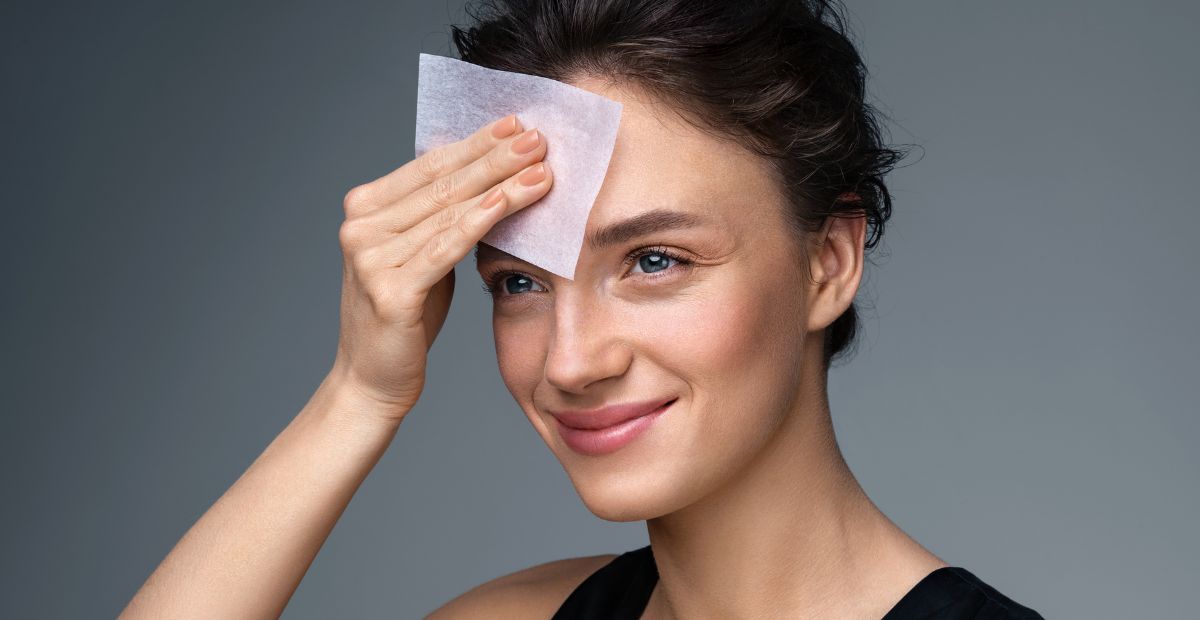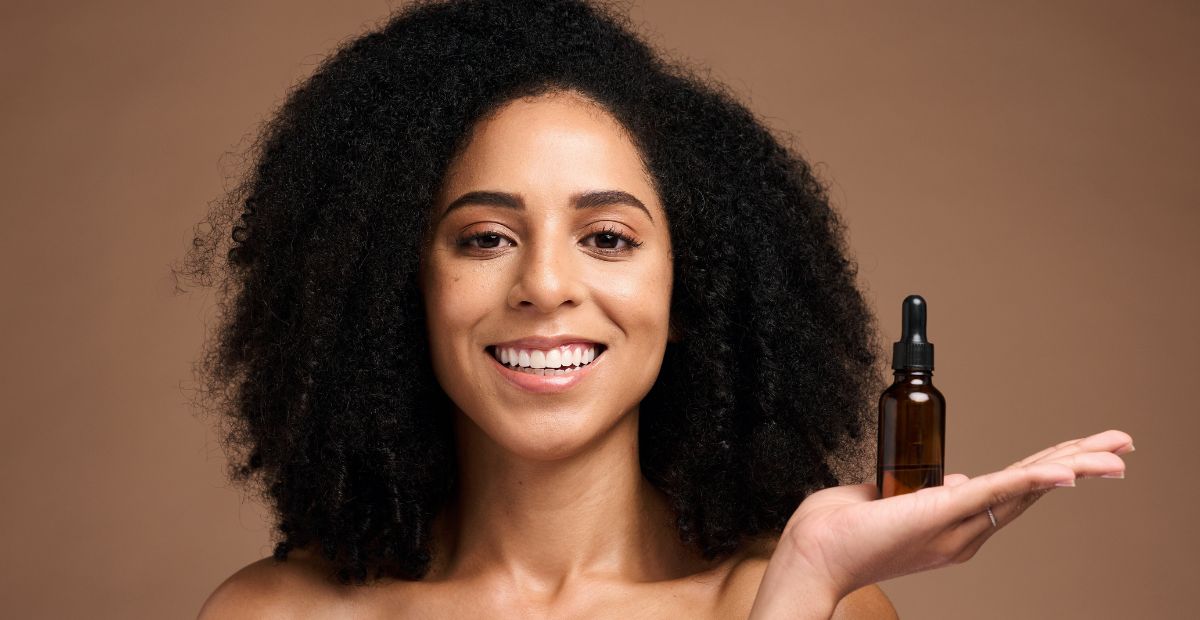Dry Hands 101: Tips on How to Treat Them
Onskin Content Team
Your guides through the skincare chaos
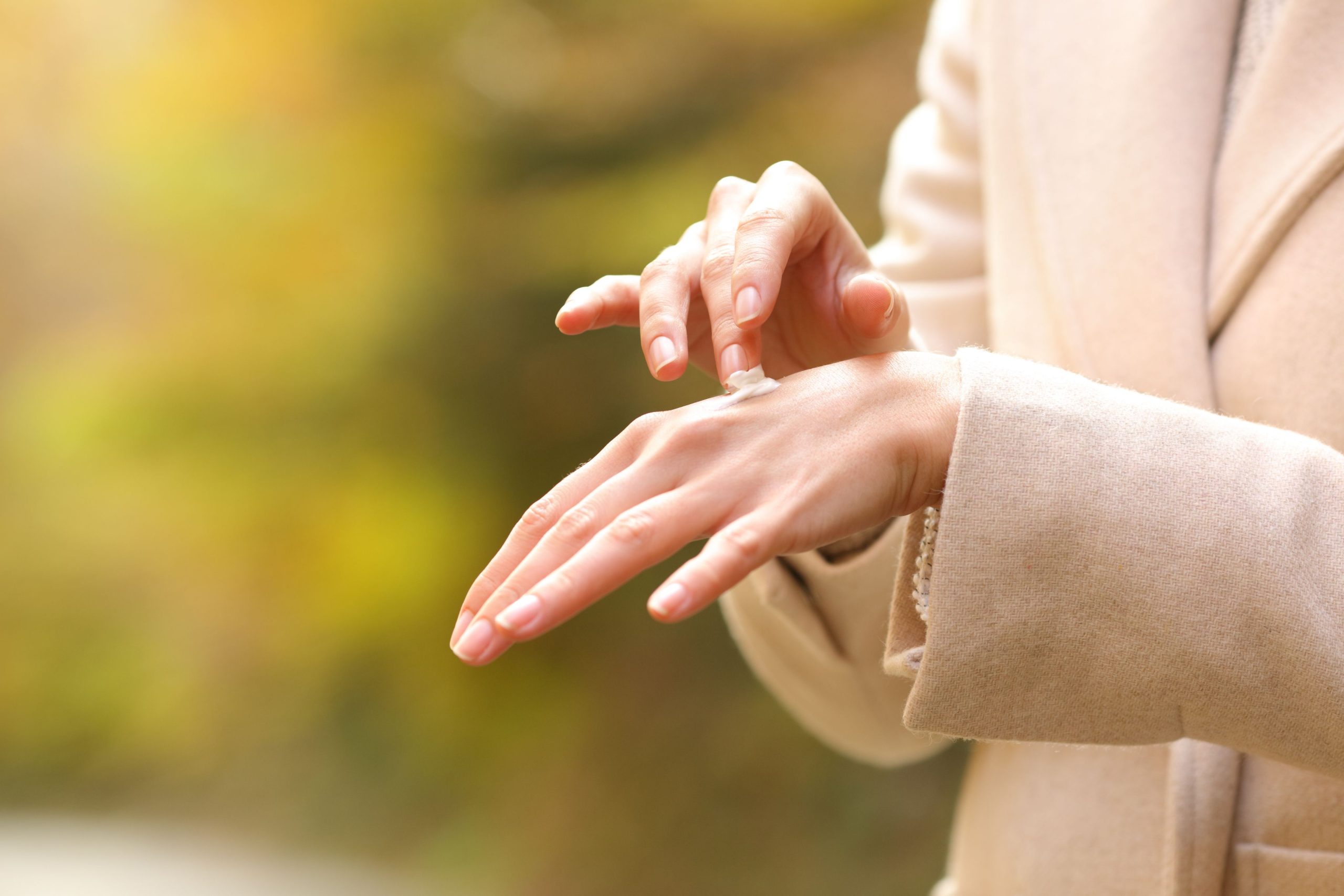
Let’s talk about dry hands—those uncomfortable, tight hands. Maybe your dry knuckles are cracking, or your dry palms and dry fingers are itching and flaky. It’s something we all deal with at some point, especially as seasons change.
But here’s the thing—dry skin on hands doesn’t have to be a permanent problem. Once you know what causes dryness and how to heal it, you’ll be well on your way to softer, healthier skin.
What Causes Dry Hands?
So, what’s behind this dryness? A lot of things can strip the moisture from your skin—cold weather, washing your hands frequently, or even exposure to harsh chemicals. If you’re dealing with dry skin on hands regularly, conditions like eczema or psoriasis could also be at play. That’s why it’s always a good idea to check in with a doctor.
Always keep an eye out for more serious symptoms. If your hands bring severe discomfort or show signs like swelling, bleeding, red streaks, or a honey-colored crust, seek medical help right away.
And hey, if your feet are feeling just as rough as your hands, check out this blog post on how to treat cracked heels. Your hands and feet deserve equal love, right?
Steer Clear of These Pitfalls
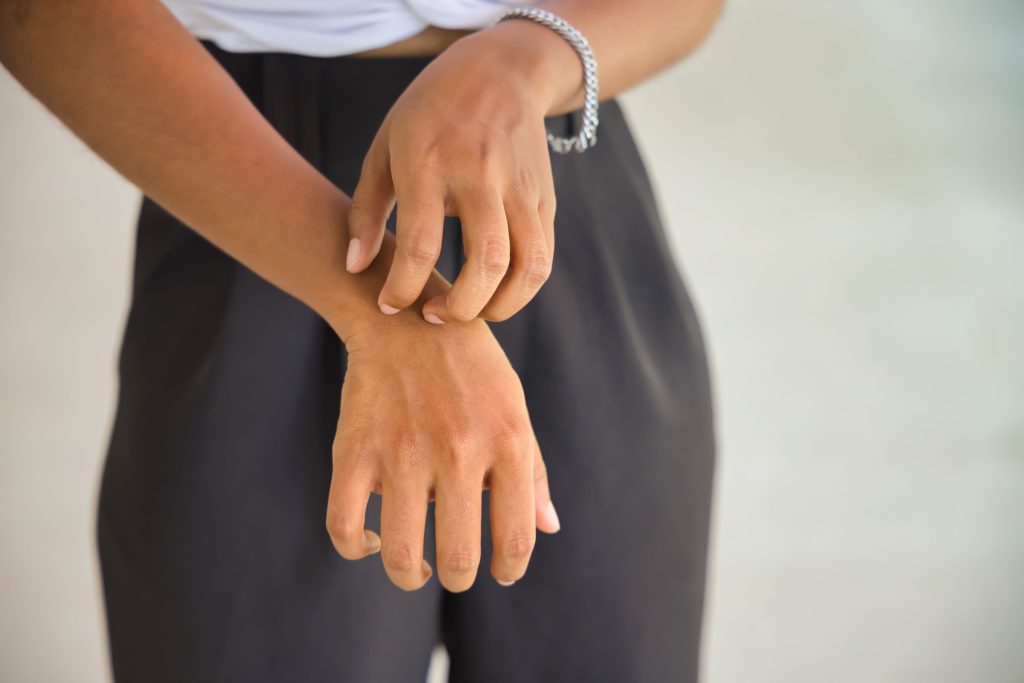
When it comes to healing extremely dry hands, what you don’t do is just as important as what you do. So here are a few things to avoid:
- Frequent hand washing. Yes, washing your hands is important, but overdoing it, especially with harsh soaps, can strip away your skin’s natural oils. Instead, use a gentle, fragrance-free cleanser and wash only as needed.
- Hot water. Hot water may feel soothing, but it dries out your skin quickly. Stick to lukewarm water to keep your hands from losing moisture.
- Harsh soaps. Those highly scented soaps might smell amazing, but they’re not doing your hands any favors. Choose mild, hydrating soaps instead.
- Strong cleaning chemicals. The chemicals in common cleaners can be too harsh for delicate skin, causing further dryness and irritation. Shield your hands with gloves to avoid exposure.
- Alcohol-based hand sanitizers. They kill germs, but they also dry out your hands fast. Use them sparingly and always follow up with a moisturizer.
- Hot air dryers. Those air dryers in public restrooms? They blow out hot, dry air that pulls moisture from your skin. Pat your hands dry with a towel instead.
Heal and Hydrate with These
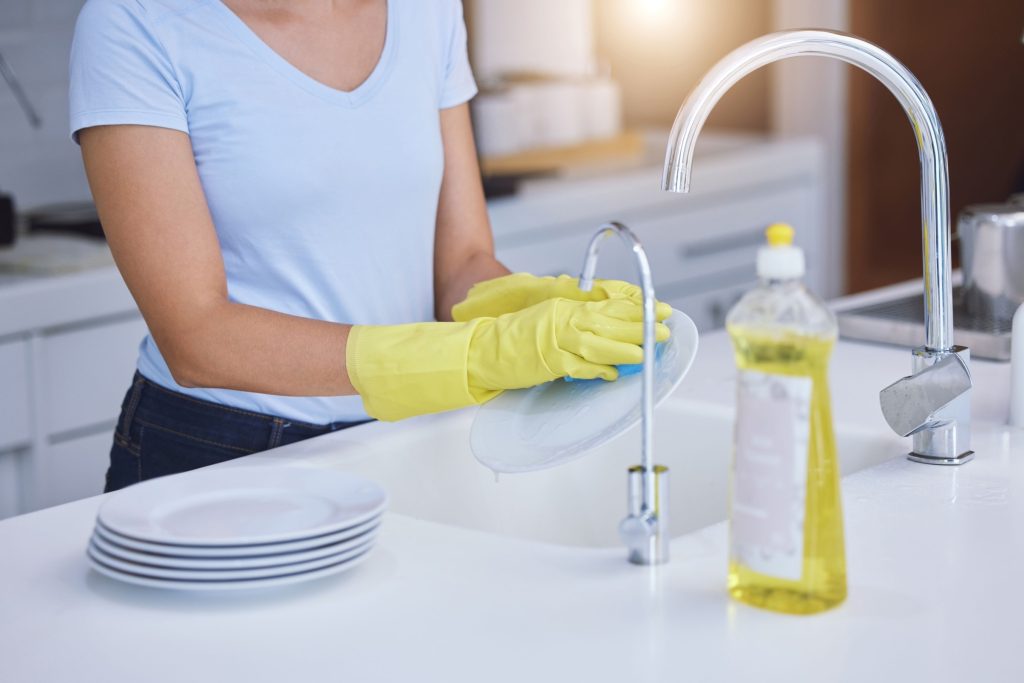
Now, let’s get to the good part—how to heal dry, cracked hands and keep them soft and hydrated. These simple steps can make a big difference:
- Moisturize throughout the day. Keep a hand cream nearby and apply it regularly throughout the day, especially after washing your hands or being outdoors. After washing, it’s always a good idea to apply a hand cream while your skin is still slightly damp for better absorption.
- Treat dry hands overnight. For intense hydration, slather on a thick hand cream before bed and wear cotton gloves overnight. This gives your skin a chance to absorb all the goodness while you sleep.
- Wear gloves in cold weather. Cold air is one of the biggest culprits of dry skin on hands. When it’s chilly, don’t forget to wear gloves to keep your hands protected.
- Use sunscreen in the sun. Your hands are exposed to UV rays just as much as your face. Apply sunscreen to the backs of your hands to prevent dryness and aging caused by sun damage. And avoid these common mistakes when using sunscreens (to shield your face, hands, and the rest).
- Stay hydrated. Drink plenty of water throughout the day, because water helps your skin stay hydrated from the inside out. Hydration isn’t just about what you apply topically; it’s also about what you put into your body.
- Use a humidifier. If you live in a dry climate or use indoor heating, a humidifier can also help keep the air (and your skin) more hydrated. This is especially helpful in the winter months.
Home Hacks for Dry Hands
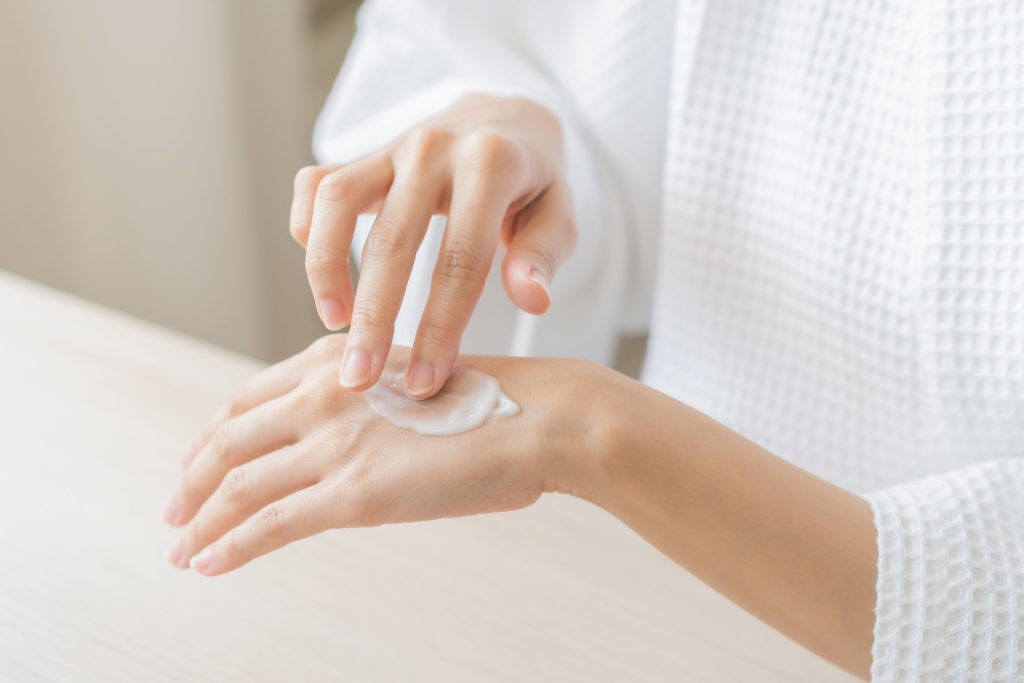
For some extra TLC, try these natural remedies to soothe your very dry hands:
- Oatmeal bath. 🥣 Oatmeal is soothing and anti-inflammatory, which helps reduce irritation. Blend oats into a fine powder and add it to a warm bath to soak your hands.
- Honey wrap. 🍯 Honey is an amazing natural moisturizer and has antibacterial properties, making it great for healing cracked skin. Apply a thin layer to the driest areas for instant relief. (Note that some might be allergic to honey.)
- Aloe vera rub. 🌵 Fresh aloe vera gel is a lifesaver for dry knuckles and dry palms. It soothes, hydrates, and helps repair damaged skin.
The Ideal Formula for a Hand Cream
When choosing a hand cream, the ingredients are key. Here’s what to look for in creams for dry hands treatment:
- Aloe vera. It’s soothing and hydrating, perfect for irritated skin.
- Hyaluronic acid. Known for its ability to hold water, it provides deep, long-lasting hydration.
- Shea butter. High in fatty acids and vitamins, it helps lock in moisture. It also comes with anti-inflammatory benefits helping soothe the irritated skin.
- Jojoba oil. This oil closely resembles skin’s natural oils, giving dry skin on your hands deep, non-greasy hydration. Sounds perfect, right?
- Ceramides. They help restore the damaged skin barrier and retain moisture. Our guide on the magic power of ceramides will tell you more.
- Glycerin. It draws water into the skin, keeping your hands moisturized throughout the day.
- And other beneficial ingredients like lanolin, almond oil, etc.
And who are the worst enemies of dry hands? Steer clear of creams that contain artificial fragrances, parabens, or alcohol, as they can irritate and further dry out your hands. If you’re not sure about the ingredients, you can always use OnSkin to scan your hand cream for its formula to rest easy that it’s potent and safe.
The Finishing Balm
Taking care of your dry hands doesn’t have to be complicated. A little extra care—like moisturizing regularly, avoiding harsh products, and protecting your hands from damaging conditions—can make all the difference. So, next time you find yourself wondering “Why are my hands so dry?”, you’ll know exactly how to tackle it.
FAQ
-
Where do I start with OnSkin?
Download the app and think of a product you’d like to know more about. Then, go to the main screen and choose how you’d like to get the info —by manually looking it up in the search bar, by scanning its barcode, or by simply taking a picture of the packaging. Once you’ve done any of these, you can see how safe the product is and if it suits your skin or hair (if this analysis is available).
-
What is Safety Rating, and how is it calculated?
In OnSkin, we base product rates on ingredients. Each is closely studied by our medical team and then evaluated. This way, each product gets a score from 0 to 100, with 100 as the safest level.
Safety Levels
- Excellent (76–100)
- Good (51–75)
- Not great (26–50)
- Bad (0–25)
These scores are backed by the latest scientific studies. You can find links to the resources we’ve used on each ingredient page. To assess the safety of product ingredients, we evaluate them according to the following parameters/criteria
- Endocrine disruption risk / Reproductive toxicity
Indicates the probability of mimicking, blocking, or interfering with the body hormones.
- Сarcinogenicity
Measures the potential risk of inducing cancer.
- Allergy risk
Estimates the probability of an allergic reaction.
- High concentration alert
Determines the risk of being unsafe in certain amounts.
-
What is Skin Match?
Based on the info you input about your skin type, age, skin care goal, and other “settings,” OnSkin checks how well a product is tailored to your unique skin needs — it’s basically like a dermatologist helping you find the right products, minus the fees and the long wait. The product you’re checking might be labeled as It’s a match!, Hit-or-miss, or Not a match for you. The app also detects ingredient groups such as Anti-acne, Anti-inflammatory, Moisturizes, May be drying, Comedogenic, and others — by tapping one, you see exactly what ingredients from this or that group are in the product.
-
I seem to have a problem with using the app. Who should I contact?
Please reach out to us at [email protected], and we’ll carefully look into your issue. Your ideas for improving the app are also very welcome!
-
Do you have an Android version?
Not yet! Hey Android users, we hear you, and we're thinking about making an Android version, but we haven't started the development yet.
Tracker Sent!
It’s on the way to your inbox.



